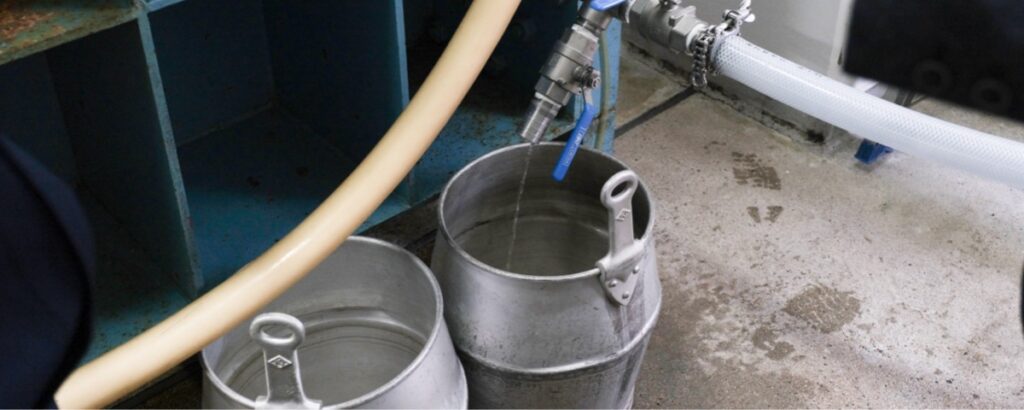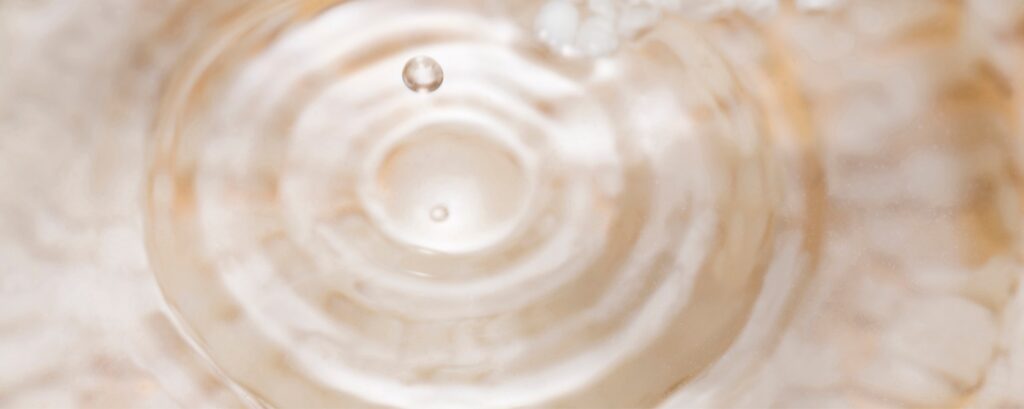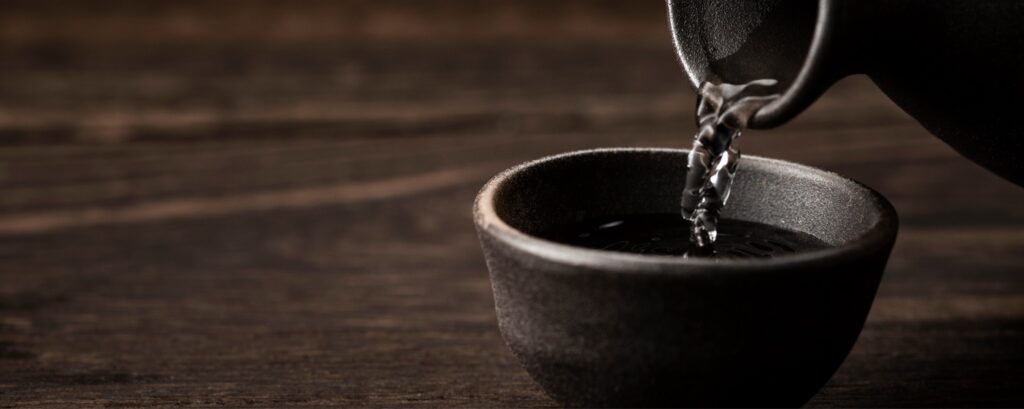
Sake
Seme, Nakadori and Ara-bashiri
Have you seen the same brands of Sake have some varieties such as Ara-bashiri, Naka-dori and Seme? These terms are used to specify the timings of pressing during the Sake production. How are they different? Let us explore Arabashiri, Nakadori and Seme.
Contents
Joso (上槽)

To understand the differences in Arabashiri, Nakadori and Seme, it is important to roughly understand the process of Joso (pressing). Joso, simply put, is the process to divide the muddy ingredients called “Moromi” a blend of fermented rice, rice koji and water, into Sake and Sake lees. There are mainly 3 types of methods in Joso. They are 1.)Pressing by an automatic pressing machine, 2.)Fune-shibori and 3.)Bag-hanging. In order to maximize the characteristics of Sake, a suitable method of pressing is selected by professional brewers. The timing for pressing is critical to determine the flavour of Sake, especially for Daiginjo-shu, and it is difficult, so its timing is carefully observed using the artisan’s senses from experiences and chemical analysis.
Features of Arabashiri あらばしり

Sake naturally dropped off using Moromi’s own weight is called Arabashiri. It comes as the first drops from Moromi, therefore, it is fresh and usually highly scented containing the rough powerful characters of Moromi. The liquid is not transparent and a little muddy, having a little lower degree of alcohol compared to the following two types. Due to its scarcity, Arabashiri Nama-genshu has a premium value and it used to be only recognised by brewers working in the breweries.
Features of Nakadori

After the drops of Arabashiri naturally come out, the medium drops taken out by a certain pressing. It is called Nakadori. A majority of Sake obtained from 1-time Joso is Nakadori. As it tends to have a stable quality, this part is often the one to be offered at competitions. Nakadori is alternatively called Nakagumi.
Features of Seme

Seme Sake is what is obtained at the end of Joso process with a high volume of pressure. In contrast to Arabashiri, Seme has a higher alcohol degree with a powerful flavour. It could contain impurified flavours, as well as dense umami coming out from Moromi. Because of its high contents of impurified flavours, this part is not suitable for Daiginjo-shu.
The naming is used for indication, however, there are no clear distinction lines among Arabashiri, Nakadori and Seme. Each brewery has their own standard how to call their Sake by Arabashiri, Nakadori and Seme. When bottles do not mention none of them, it is often the case that the contents are the blends of Sake pressed at different points. Don’t you find it interesting to compare Sake pressed at different points as they express unique characters? More often than not, bottle labels with the signs of Arabashiri and Nakadori are the messages from breweries that the Sake has unique characters so they would like us to taste the differences. I hope you taste and enjoy the differences of Sake pressed at different points!
ikki is looking for a partner who can post your knowledge or activity on our media. If you are interested please contact us through CONTACT page.








